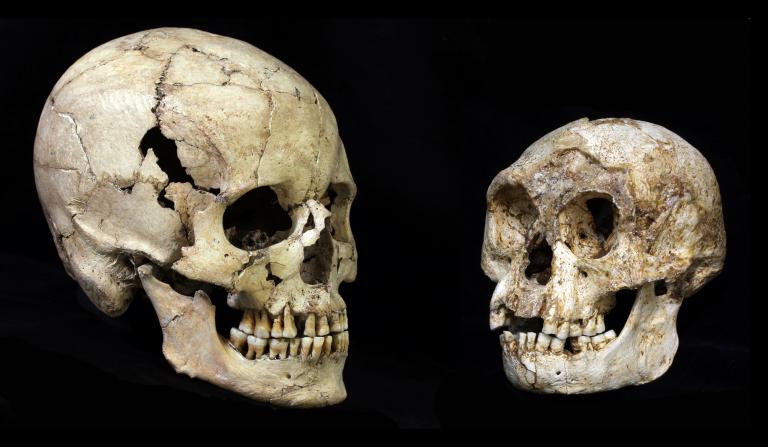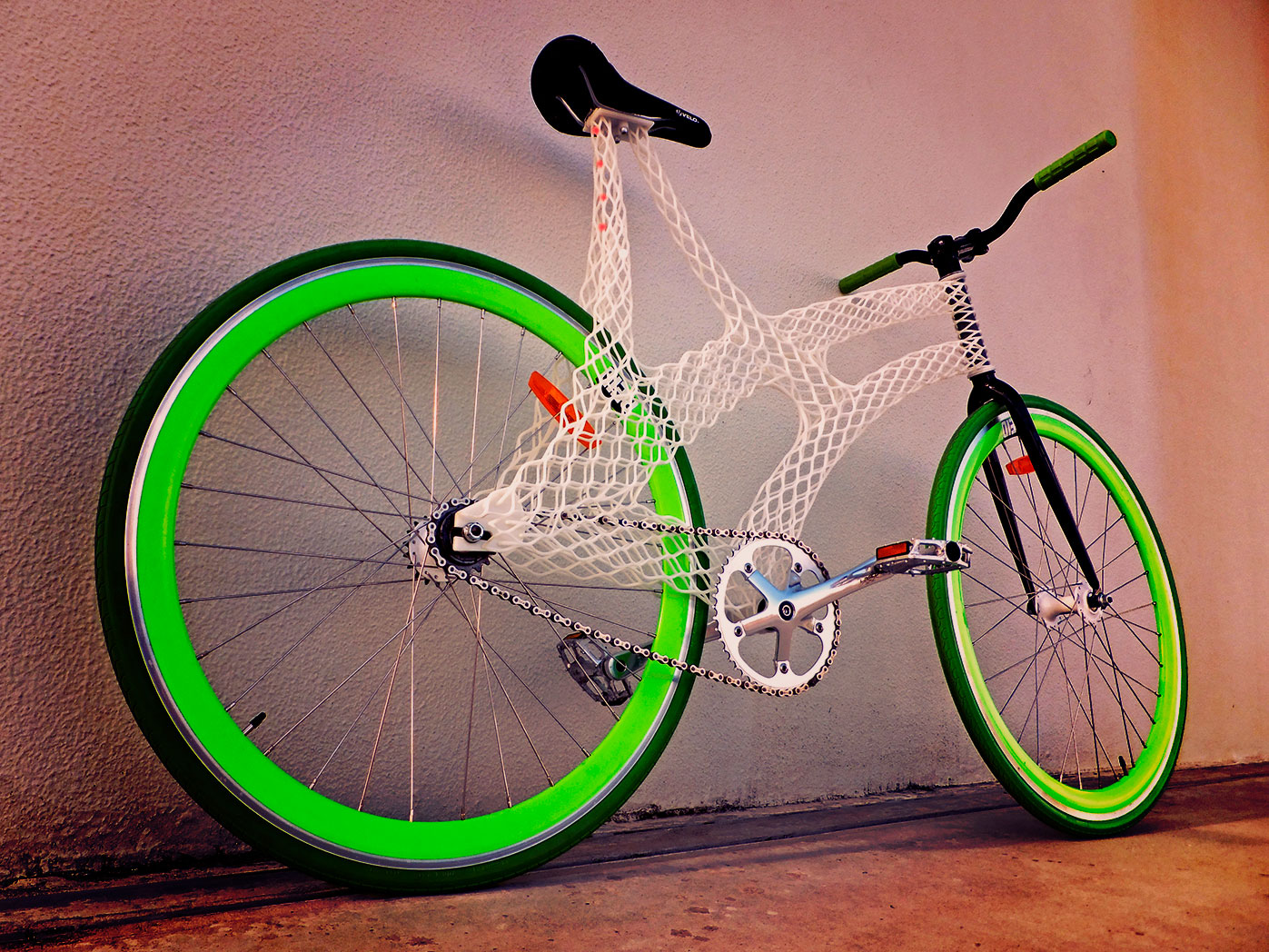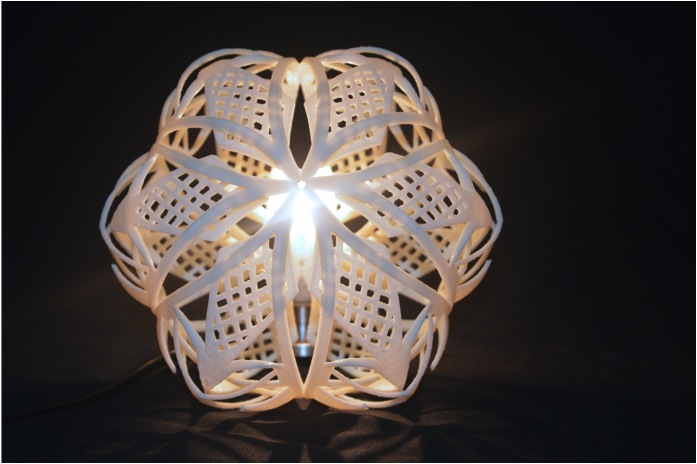The remarkable diversity of 3D printing is changing the way the world thinks about engineering, manufacturing, design, medical technology, industry and more. Some say it could be the catalyst for the next industry revolution.
Head of the School of Engineering Professor Geoff Tansley is among those keenly aware of the global potential of the process also known as Additive Manufacturing. He is particularly interested in its application in, and for, Australia.
As our manufacturing sector continues to decline, Professor Tansley believes Australia is ideally placed to capitalise on 3D printing as a platform for a return to small-scale/mid-scale and bespoke manufacturing. Furthermore, he says southeast Queensland – and the Gold Coast in particular – could be its development hub.
“In the 1960s, before the multi-nationals moved in, Australia was very good at making products for Australian consumption without the pressures of trying to compete on the world stage,” says Professor Tansley.
“3D printing offers Australia the chance to reignite bespoke, regional-scale production. It’s about rethinking manufacturing and taking advantage of an opportunity for Australia to lead the Asia-Pacific region in a process that embraces so many fields.
“In mining, 3D printing can be used to make metal printed filters for diesel engines. In the automotive industry it has applications for steering, gears, motors, chassis and more. However, healthcare is the field creating the most excitement because of 3D printing’s capacity to create bespoke features – joints, bones, devices – specific to individuals.”
With an international reputation for the design and production of medical devices, particularly artificial hearts, Professor Tansley says 3D printing makes the process faster, cheaper, simpler and more precise thanks to tailored products born from using the patient as a singular template.
“In other words, you don’t just have a hip replacement; you receive a 3D printed device suited to your own hip, one measured, designed and fitted for your body alone,” he says.
“Also, in areas such as cardiac care, 3D printed products can help people to stay healthy while awaiting transplant surgery.”
Such applications are among many possibilities arising from a new tertiary degree based at Griffith University’s Gold Coast campus. Merging creative engineering and design innovation, the Bachelor of Industrial Design ensures students are immersed in 3D printing from day one and, upon graduation, are job ready and well placed to become the next leaders in this transformative technology. Linking the Queensland College of Art (QCA) and the School of Engineering, the degree covers engineering principles, creative thinking, digital media and digital manufacturing.
“From an education point of view, the degree is merging new teaching philosophies with new technology to produce a new kind of graduate,” says Professor Tansley, who co-authored the program with Course Convenor Dr Jennifer Loy, from the QCA.
Dr Loy says students learn the constraints and opportunities of 3D printing before moving on to other processes related to it, such as injection moulding, rotation moulding and benching manufacturing.

“From an education point of view, the degree is merging new teaching philosophies with new technology to produce a new kind of graduate,” says Professor Tansley, who co-authored the program with Course Convenor Dr Jennifer Loy, from the QCA.
Dr Loy says students learn the constraints and opportunities of 3D printing before moving on to other processes related to it, such as injection moulding, rotation moulding and benching manufacturing.
“We saw a real gap in supplying graduates who can meet today’s needs and we wanted to create a really rigorous Industrial Design program that has engineering as its basis,” she says. “Students can choose to do an extra two years of study to become accredited engineers, which is also unusual especially because it is coupled with a design background.”
Professor Tansley agrees, saying that while industrial designers think about people and products, they don’t traditionally have an understanding of how to make those products work. Conversely, engineers focus on making things work, but not so much on the design aspect.
“This degree brings together the two disciplines, producing graduates who can do it all and who can immediately transfer that expertise to the companies they join,” he says.
One example is James Novak, who is earning national and international attention through his design for a 3D printed bicycle.
After initial sketches, measurements and experiments to test design, strength and simply what was possible, the Queensland College of Art graduate and now lecturer at Griffith University on the Gold Coast used a stereolithography resin to print his striking framework in one piece. Stereolithography is a rapid and precise manufacturing and prototyping technology and was ideal for James’ design.
Having turned his idea into reality, James has no doubt as to the impact 3D printing could have on such a globally popular pursuit as cycling, particularly regarding the technology’s ability to produce bikes tailor-made to individuals.
“My design was measured and built to fit my body precisely and I’m sure that’s where 3D printing’s appeal will lie for other cyclists. From a production perspective, the next stage is to move from polymer prototype to 3D printing in titanium and carbon-fibre. That’s where my real interest lies, in focusing on the application of this technology for sport and sports products.”
3D PRINTING ALREADY HAS A SIGNIFICANT PROFILE ON THE GOLD COAST.
In March this year, the world’s leading exponent of 3D printing, Belgian-based company Materialise, joined Griffith University in hosting an international 3D printing conference. Around the same time, following a stint at Brisbane’s Prince Charles Hospital where she modelled 3D-printed practice hearts for cardiac surgeons, Master of Visual Arts graduate Kaecee Fitzgerald began an internship with Materialise’s Malaysian office.
Elsewhere in the world, in 2013 Airbus engineers in Europe unveiled a radical redesign proposal for an aircraft built from 3D-printed components, while NASA successfully tested a rocket engine featuring a 3D-printed injector. Harvard University engineers have used 3D printing to create one of the smallest batteries ever made, less than 1mm wide and in layers of material containing lithium-metal-oxide particles.
The message is clear: 3D printing is the way of the future and Professor Tansley says Australia must act now if it is to be a viable part of it.
“While obviously we’re not the first to think about the broad economic potential of 3D printing, Australia has the opportunity to become a regional leader,” he says.
“We may never return to the halcyon days of manufacturing, but 3D printing creates an opportunity to develop a new, small-scale manufacturing sector with minimal competition.
“And there’s no reason why it cannot develop in and around the Gold Coast and southeast Queensland.”






“…In the 1960s, before the multi-nationals moved in, Australia was very good at making products for Australian consumption without the pressures of trying to compete on the world stage…”
Before making any more comments I suggest Professor Tansley does some actual research of Australia’s manufacturing history. Start with an understanding of the benefits and costs of Tariffs. Then have a close look at the sheer stupidity of the unions and the way the unions undermined and ultimately destroyed most of Oz manufacturing.
“…3D printing creates an opportunity to develop a new, small-scale manufacturing sector with minimal competition…”
Yes, as the likely business will be either one worker or family operations the initiative destroying unions will be removed from the operation.
https://guscipactstg01.wpengine.com/the-power-of-robots/